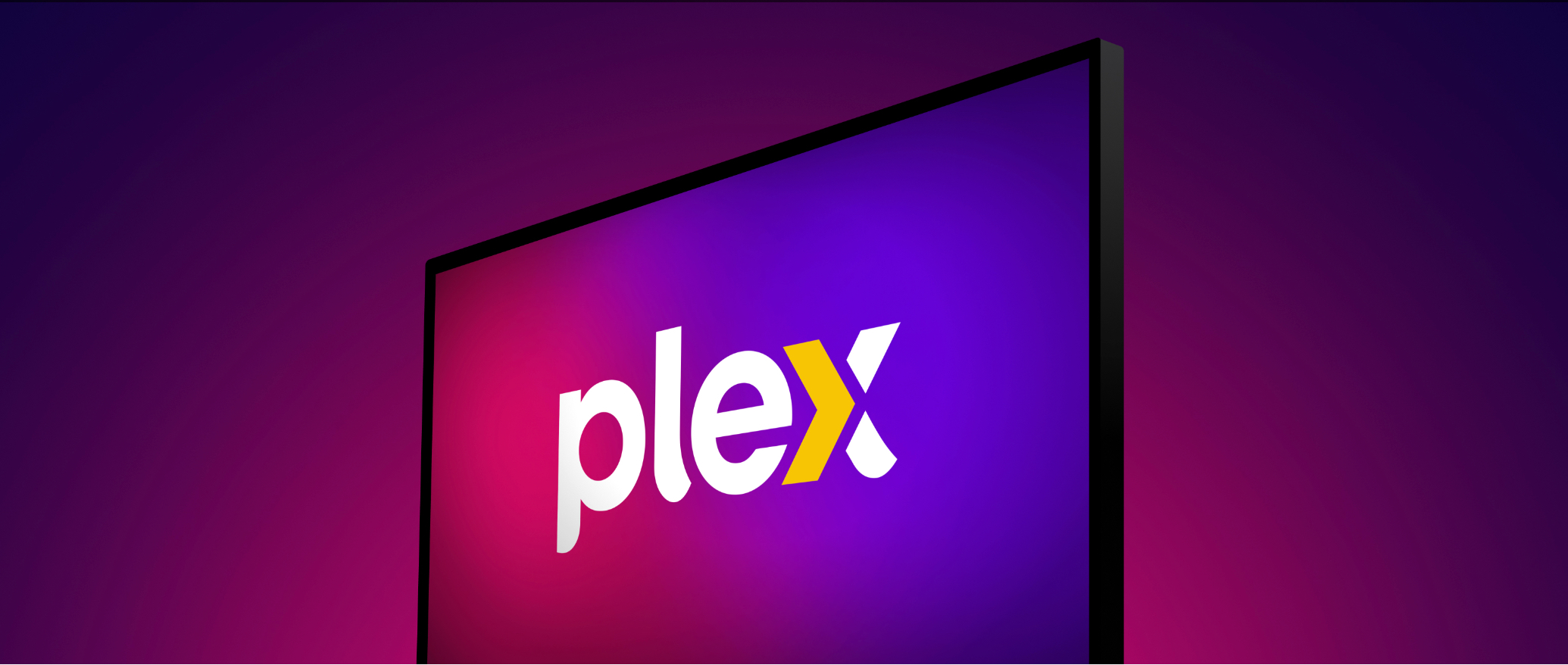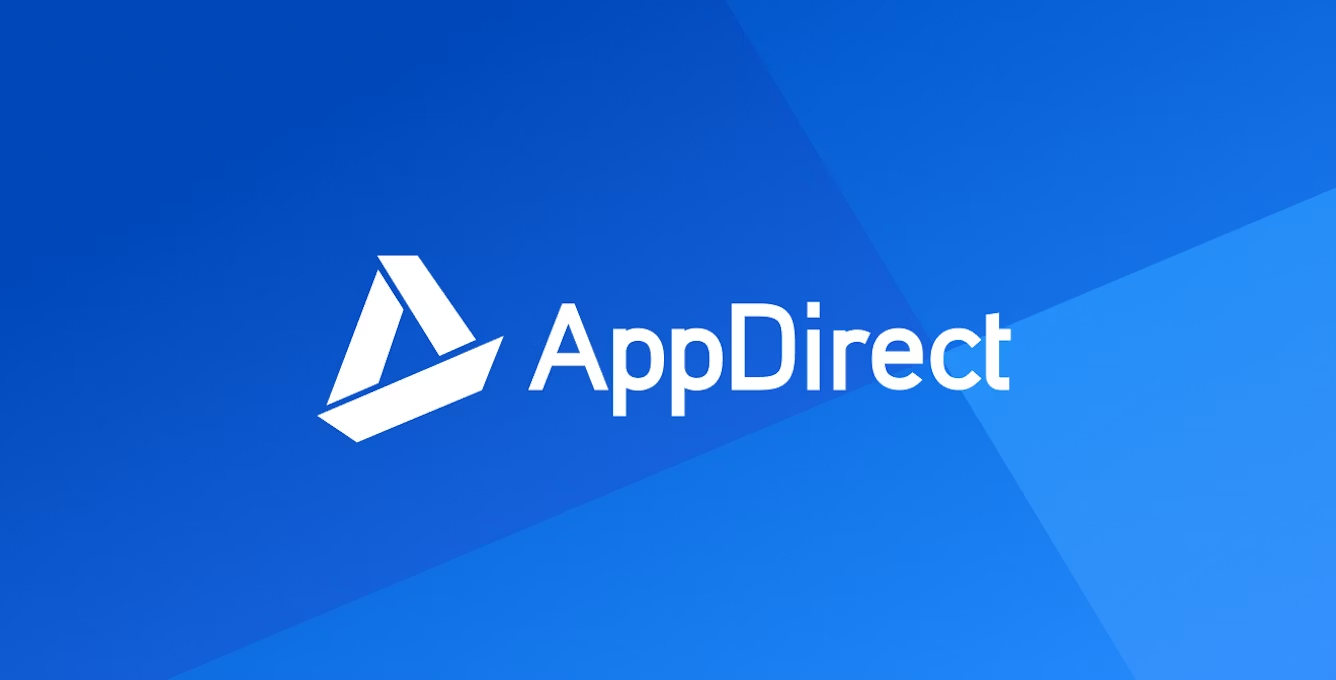
Five on Friday: Cooking Subscriptions, Content Budgets, and COVID-19’s Impact on Sales and Payments
We are the end of the second month of quarantine, and cities and states are starting to gradually open up. At the same time, the subscription industry and companies around the world continue to feel the impact it has had on their businesses. Netflix, for example, is slashing its content budget, the use of contactless payments is up; and the sale of advertising and business services is down while digital solutions for collaboration and remote work are up. Also, this week, Amazon Fire subscribers are getting a free year of Food Network Kitchen, and Beachbody reports they have topped 2 million subscribers with more people at home getting fit.
Netflix Slashes Its Content Budget
The coronavirus pandemic has, for the most part, been positive for Netflix. As we reported last week after Netflix reported its quarterly earnings, the streaming company saw a spike in viewership and memberships with viewers around the world turning to streaming video for entertainment. The company even opted to extend their seven-day free trial into a month-long trial, so people could enjoy free entertainment a bit longer. We even talked last week about how their revenue has seen a significant bump.
However, it isn’t all good news for Netflix. Due to the coronavirus pandemic, Netflix has had to slash their content budget. Social distancing means the people producing their new original content, currently cannot work. Due to their halted production, Netflix’s spending is significantly lower, according to The Motley Fool. It would be preferable for Netflix to burn through the extra $1.5B they put on hold, so they could produce content, but that is not currently a safe option. That $1.5B makes up 10% of their $15B content budget.

Netflix has currently finished production for many of their planned releases for this year, so they still have content in the works. They just do not have the capability to produce new content at this time. Their CFO, Spence Neumann, said in their first-quarter earnings call, that they will have more originals this year than they did last year. However, they could fall behind on Netflix Originals for 2021 and beyond.
They have already begun filming again in Korea and Iceland, but as production gets pushed out further, it is causing strain on media companies and the thousands of workers that support production. Only time will tell how long the global pandemic will impact content production. In the meantime, we’ll still be able to find something on Netflix to binge watch.
Amazon Fire Subscribers to Get a Complimentary Year of Food Network Kitchen
Everyone seems to have their own subscription service lately, and the Food Network is no exception. The network launched their Food Network Kitchen subscription app this last fall, with the intention to be able to teach everyone to cook, and to love doing so.
They have taken note of what people have been doing during the coronavirus pandemic and have teamed up with Amazon to make cooking at home a little more fun. For example, with the new partnership, Amazon is making it possible for Foot Network Kitchen subscribers to learn more about the art of breadmaking. Why? Food Network’s chefs say that, when times are tough, we should cook. Being active in the kitchen is something that they have taken to a new level, they are giving would-be chefs the tools to help keep themselves occupied and to learn how to cook comfort foods like banana bread.
Starting Monday, April 27, Amazon is giving their subscribers the gift of the kitchen, a $40 a year value. Fire TV subscribers and Fire Tablet users now have access to a one-year subscription to Food Network Kitchen premium. They just have to open the Food Network Kitchen app on their devices to activate the offer.
Food Network is kicking this off with an event this weekend, called “We Cook Together Weekend,” which features a lineup of live classes from favorite Food Network chefs, like Bobby Flay, Valerie Bertinelli, and more. This event will take place on May 2 and 3. This is a great way to introduce a relatively new subscription to a new audience. What a fun experiment!

Beachbody Fitness Tops 2 Million Subscribers During Pandemic
Since mid-March, Beachbody’s On Demand streaming service has hit record volume as stuck-at-home Americans endeavor to get or stay fit. In fact, the week of April 20 Beachbody On Demand hit its highest streaming work ever, with nearly 1 million subscribers logging in to work out to 4.8 million videos.
Its highest volume of simultaneous videos was on April 27 at 7:27 a.m. Pacific when 31,113 subscribers streamed on-demand workouts, including the ever-popular Morning Meltdown 100. Last week alone, that video was viewed an average of 84,000 times per day! As a result of these record volumes, Beachbody On Demand now has 2 million subscribers.
“We have created a vast portfolio of the most engaging and effective fitness and nutrition content over the last 21 years and have seen several evolutions, but we have always maintained a holistic approach to losing weight, getting fit, and getting healthy,” said Carl Daikeler, Beachbody co-founder and CEO.
“The metrics are exciting because the more people engage with the content, the better their results, and the better their results, the more people engage with the content. It’s a virtuous cycle,” added Daikeler.
Beachbody On Demand has a library of nearly 2,200 videos, along with recipe and meal planning videos, for a $99 annual subscription fee. Other membership plans are also available. Workouts include yoga, cardio, dance, strength and targeted workouts for people with specific goals. The videos feature workouts from trainers like Autumn Calabrese, Tony Horton, Shaun T, Chris Downing, Joel Freeman and Jericho Matthews.

How Coronavirus Could Change the Payments Industry
There is no question that the coronavirus pandemic is hurting economies all around the world. COVID1-9 is also having an impact on the payments industry. As merchants and shoppers try to limit their risk from handling checks or cash, people are moving toward more contactless transactions, reports Payments Source.

Contactless payments are payments where a customer uses a credit or debit card that they insert into a point-of-sale device, so the card does not leave the consumer’s hands. Today, most cards are chip cards which help reduce fraud. Contactless payments can also be the tap-and-go type like Apple Pay, Samsung Pay, Android Pay and Google Wallet.
Mastercard is seeing the same trends. In a Mastercard global consumer study, eight in 10 report using contactless payments and, between February and March, contactless transactions doubled in grocery and drug store transactions, reports Mastercard. Other findings from their consumer study show the following:
- 46% of those surveyed have swapped out their “top-of-wallet” card to a contactless one.
- 82% of survey respondents feel contactless payments are a cleaner way to pay and they are up to 10 times faster than other payment methods, so shoppers can get in and out faster.
- The contactless payment method is likely to stay around long after COVID-19.
“Social distancing does not just concern people’s interactions with each other; it includes contact with publicly shared devices like point of sale terminals and checkout counters,” said Blake Rosenthal, Executive Vice President and Head of Mastercard Acceptance Solutions. “Contactless offers consumers a safer, cleaner way to pay, speed at checkout, and more control over physical proximity at this critical time.”
2Checkout: COVID-19’s Impact on Global Sales

In related news 2Checkout recently published its first quarter report on COVID-19’s impact on global online sales which represents data collected from more than 17,000 merchants that sell both digital and physical goods. As expected, software and other digital goods and services are growing in popularity as more people are working or learning from home. Microsoft confirmed this in its third quarter report for its fiscal year 2020. Other highlights from 2Checkout’s report include the following:
- In March, there was a 15% increase of online digital goods globally, including a 40% increase in multimedia tools, 22% increase in collaboration tools and 15% increase in end-point security.
- Online sales of advertising and business services dropped by 11%.
- The sale of physical goods showed no appreciable change.
- In the U.S., there was a 13% increase in online sales with the most-purchased products being end-point security and audio-video or multimedia software.
“The data we are seeing during this time of uncertainty demonstrates a sharp rise in the purchasing of digital solutions, designed to improve both the productivity and security of the global workforce operating remotely as well as home entertainment as part of a social distancing effort. This trend is illustrative of the power that technology and more specifically, online commerce, can play in minimizing the impact to the global economy during this pandemic,” 2Checkout said.





